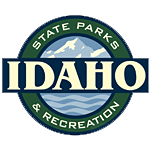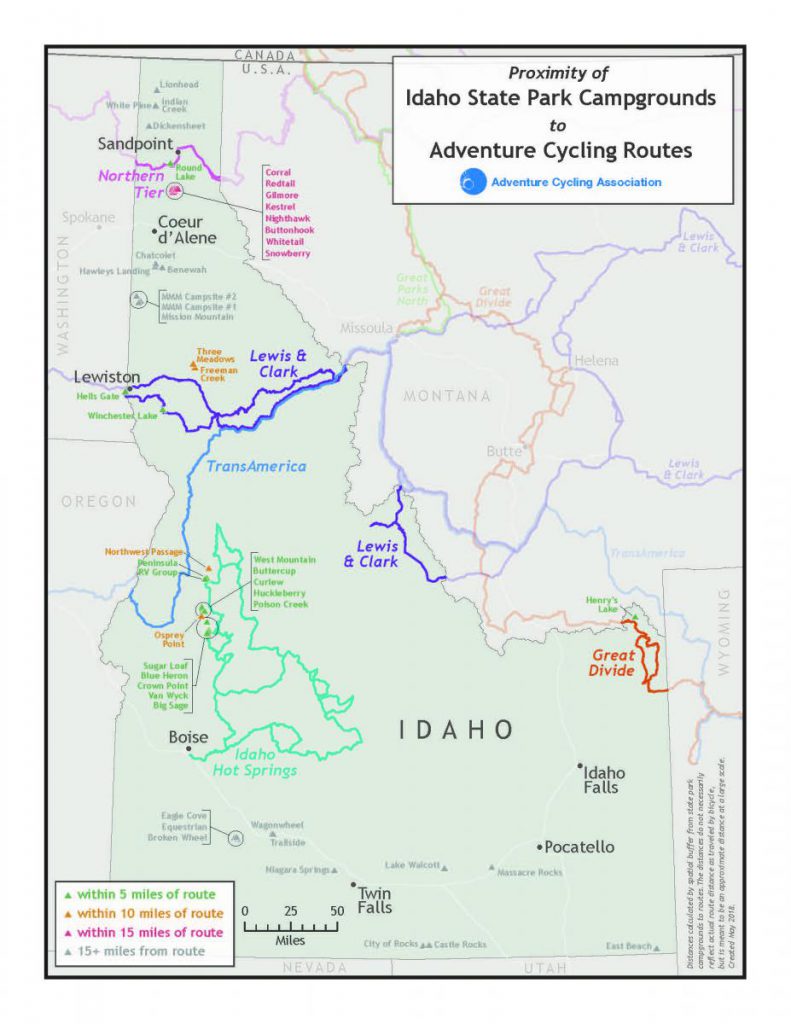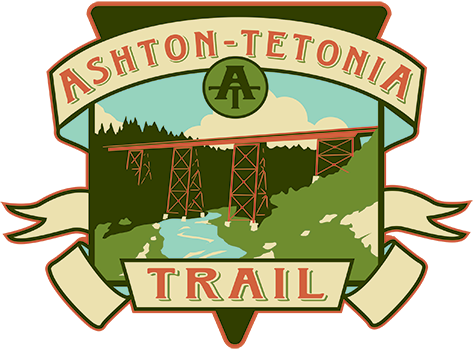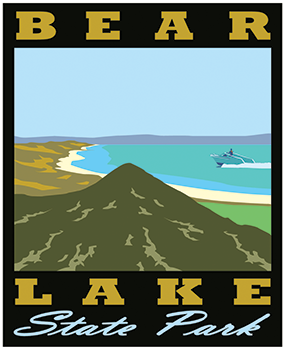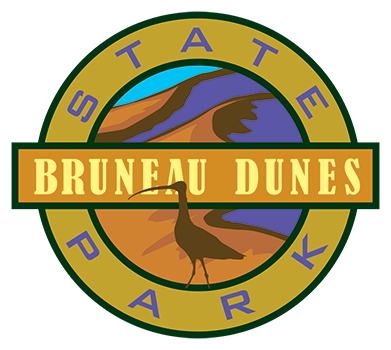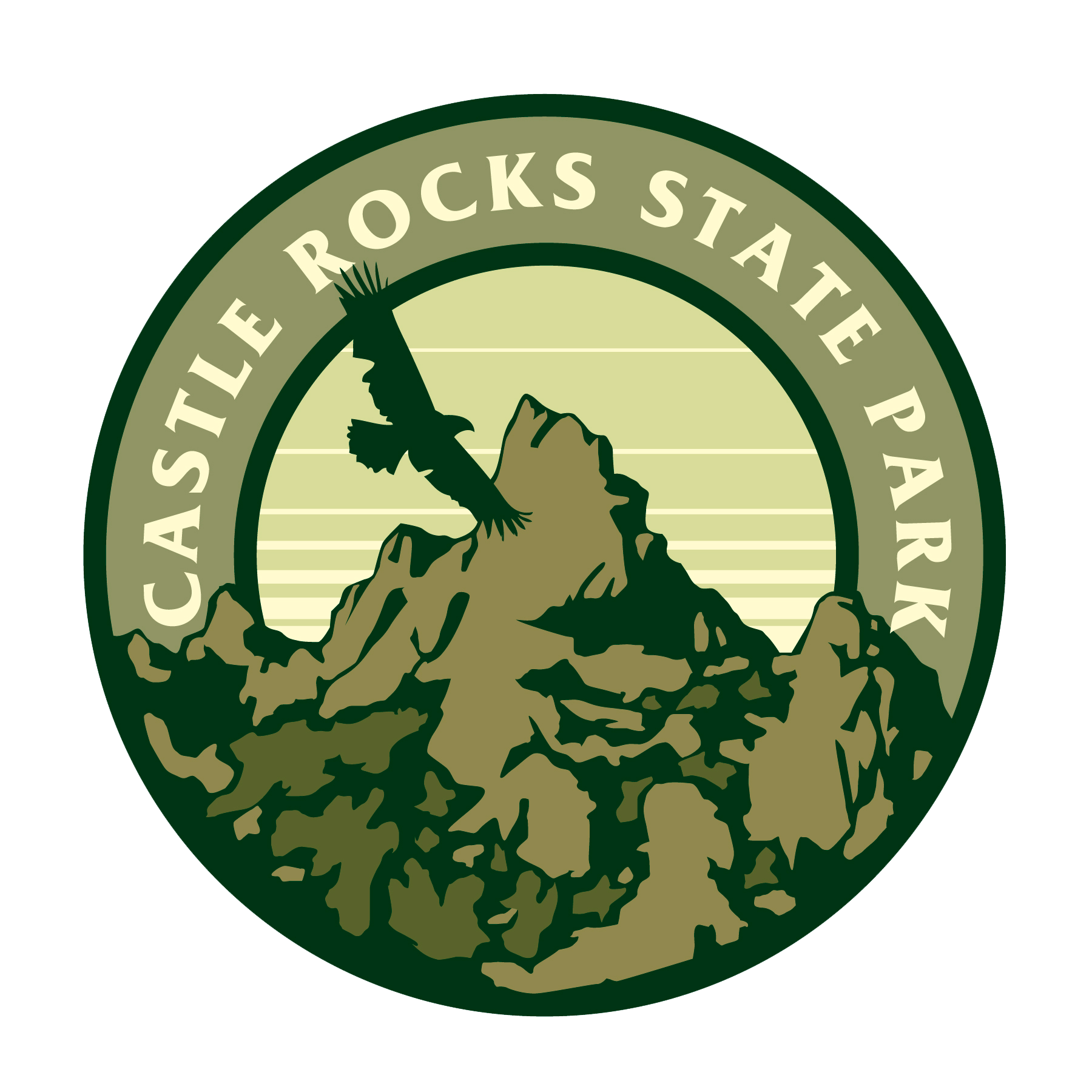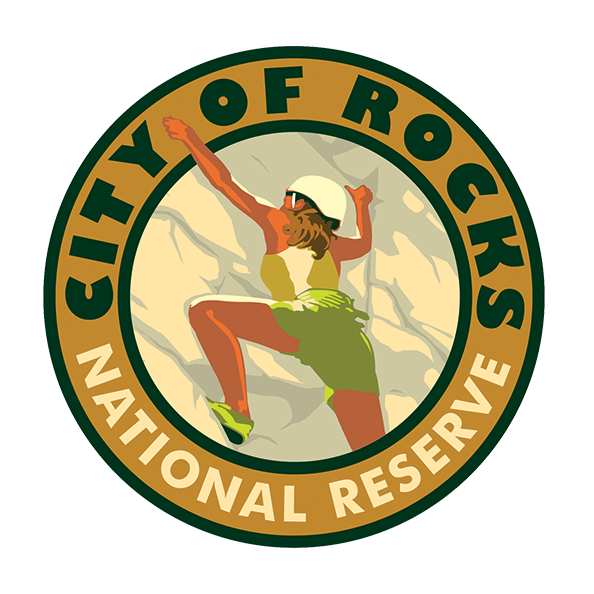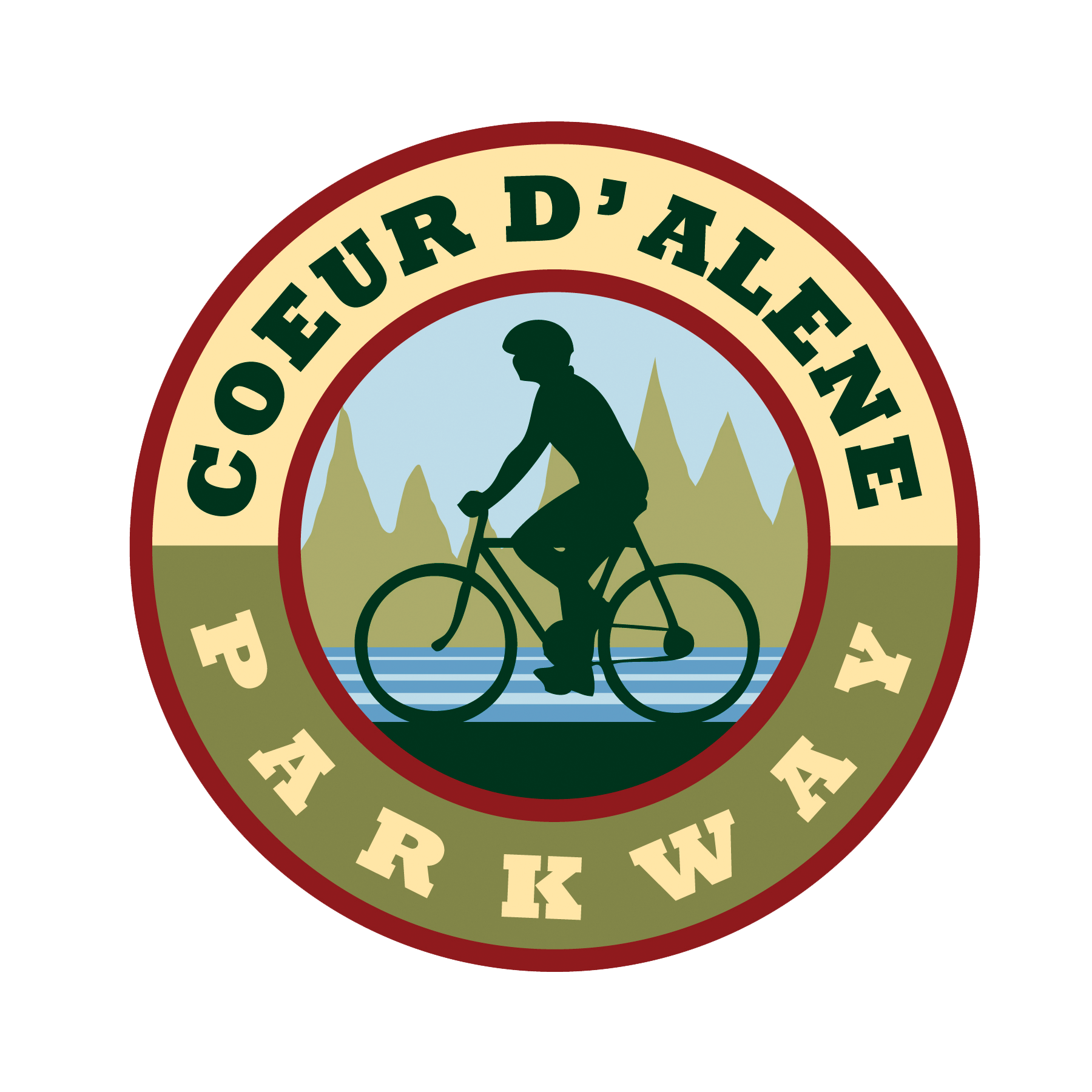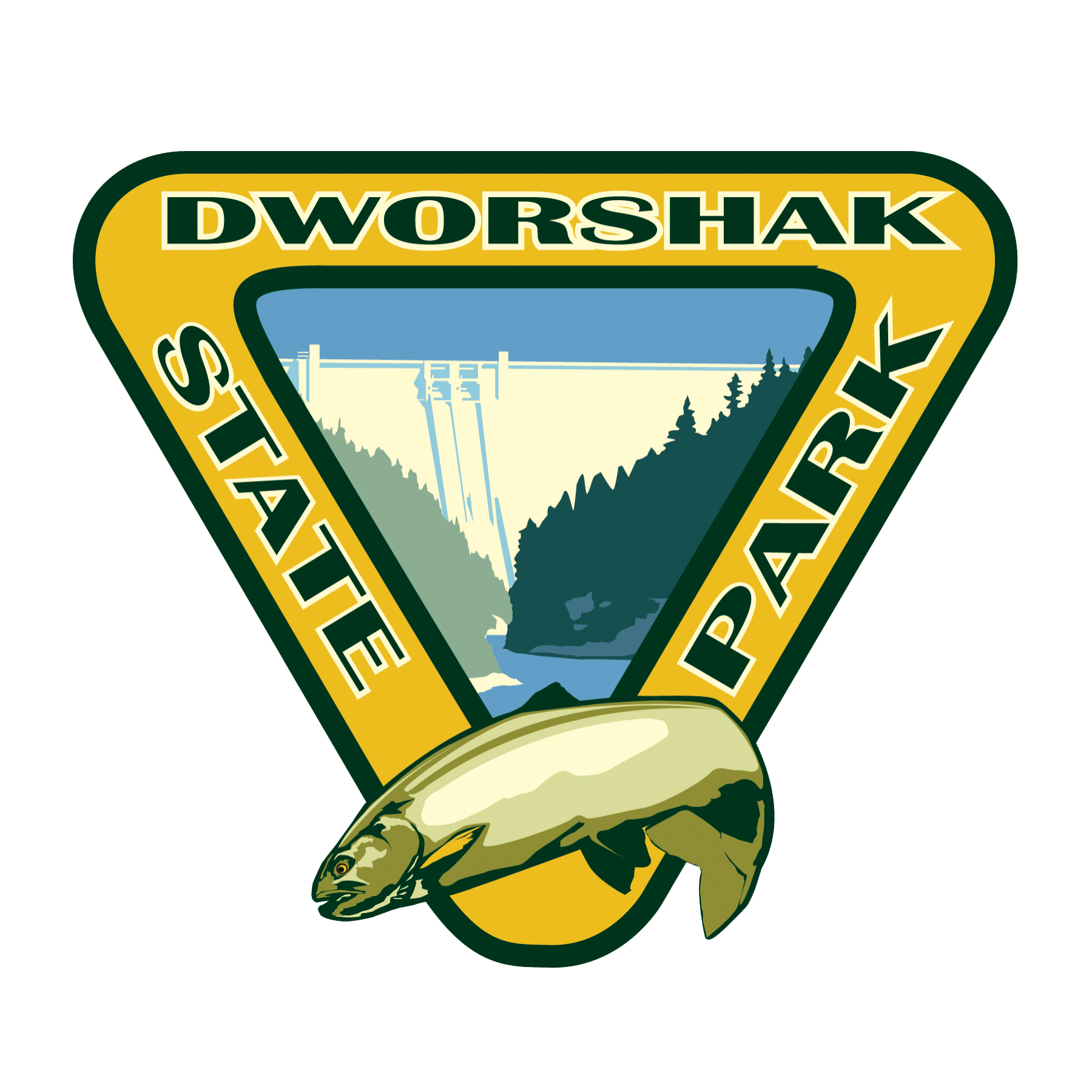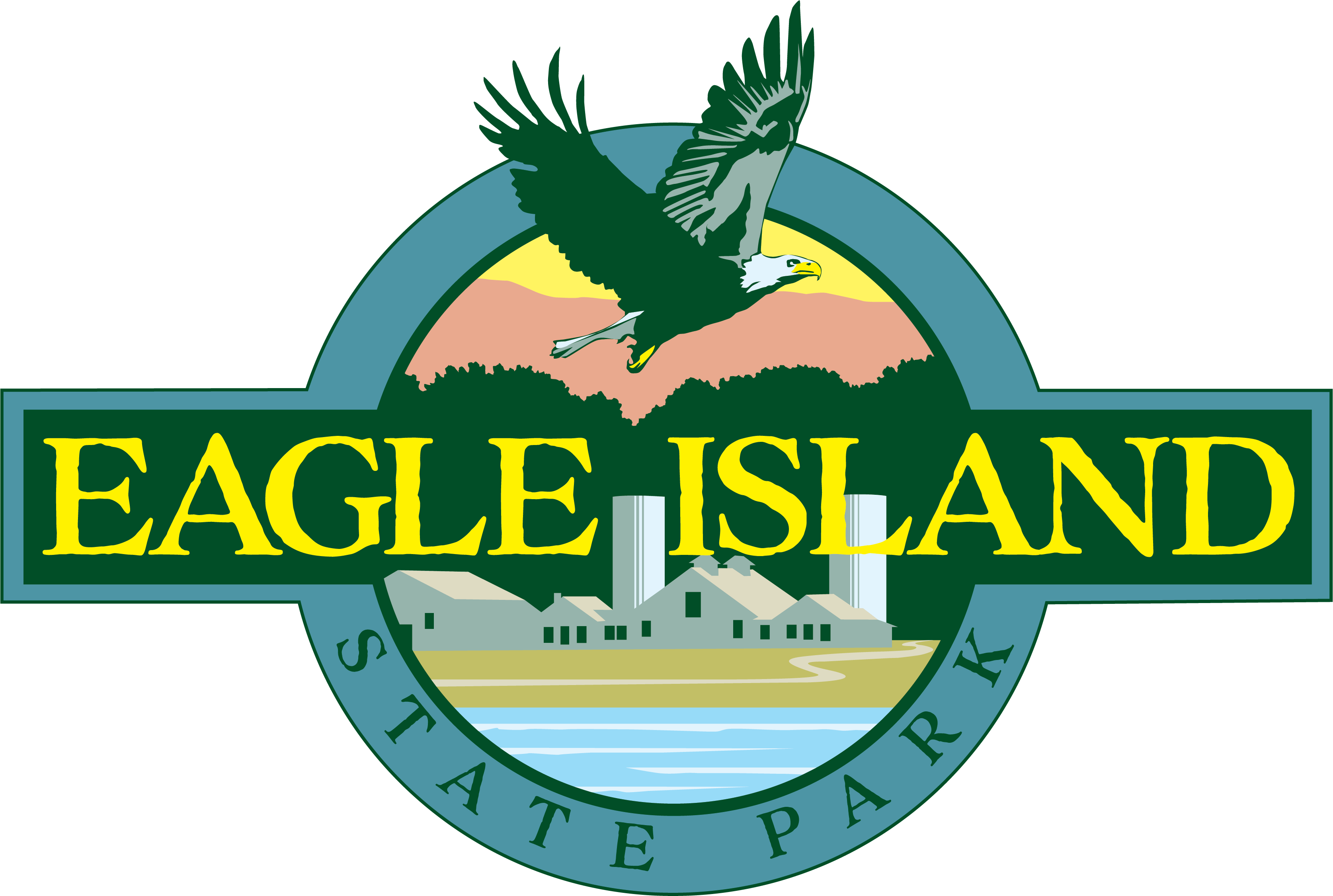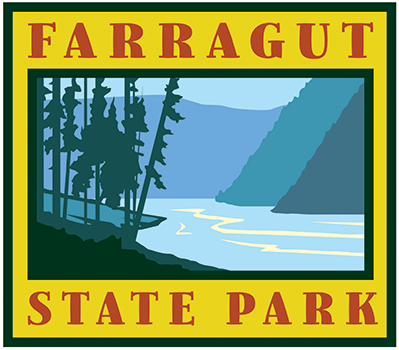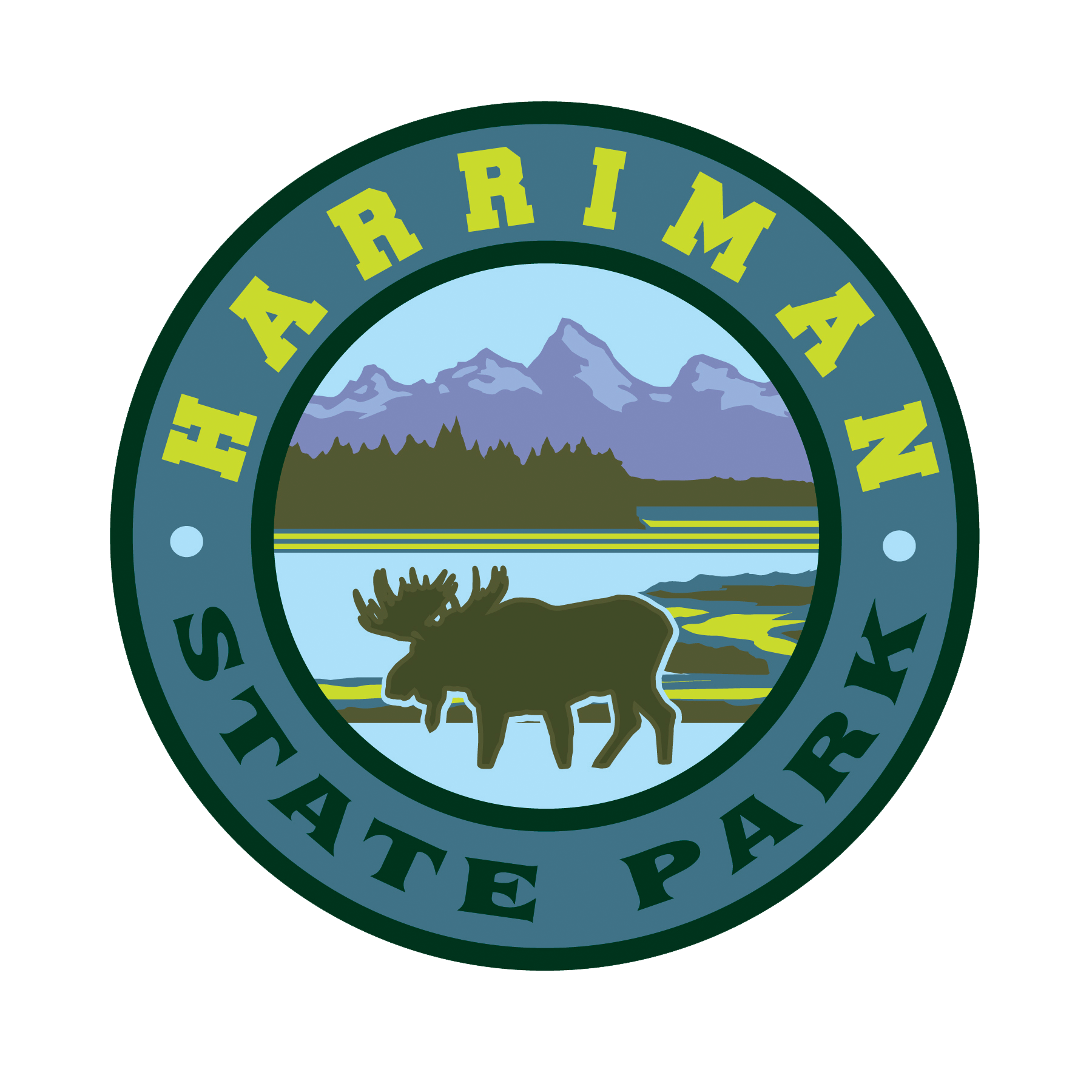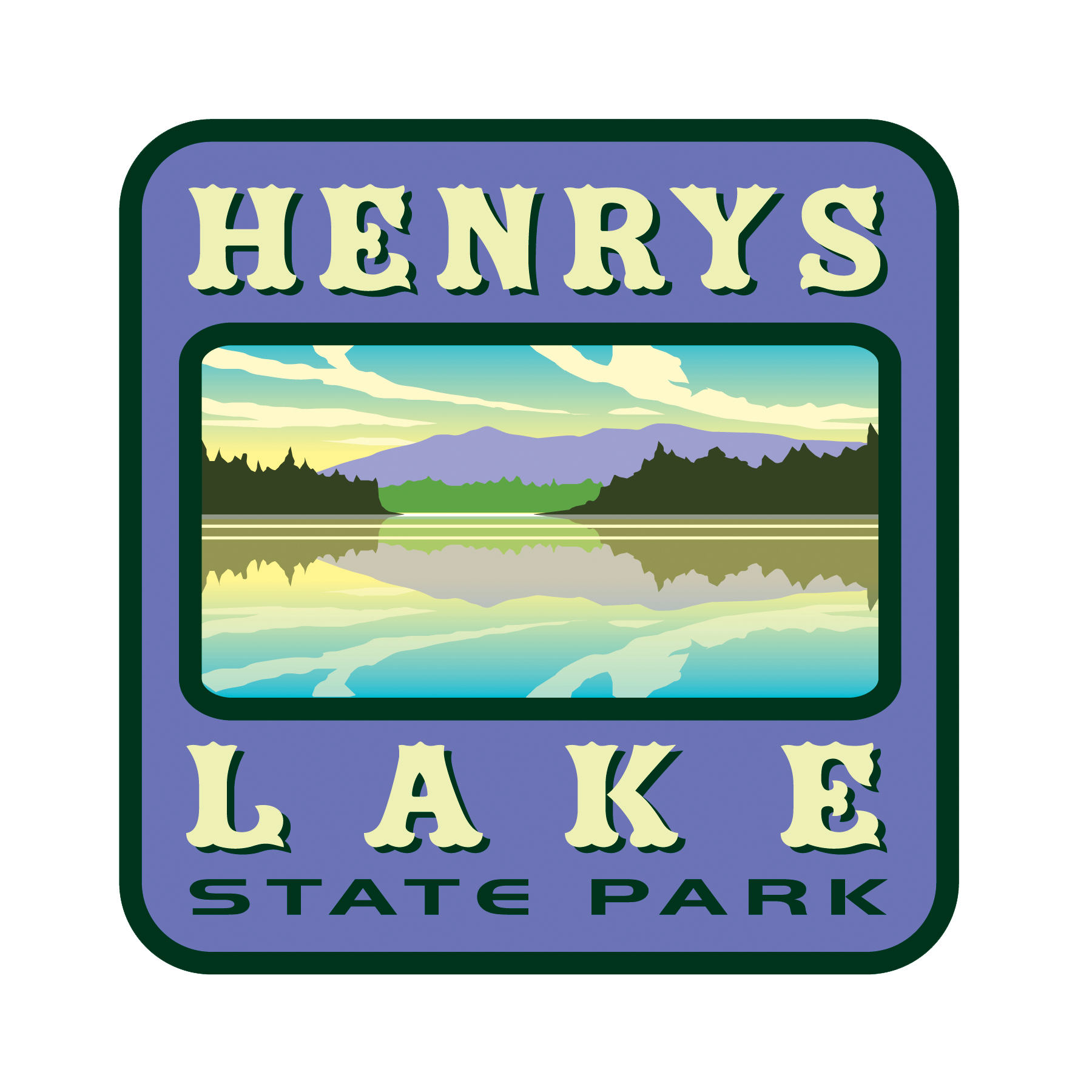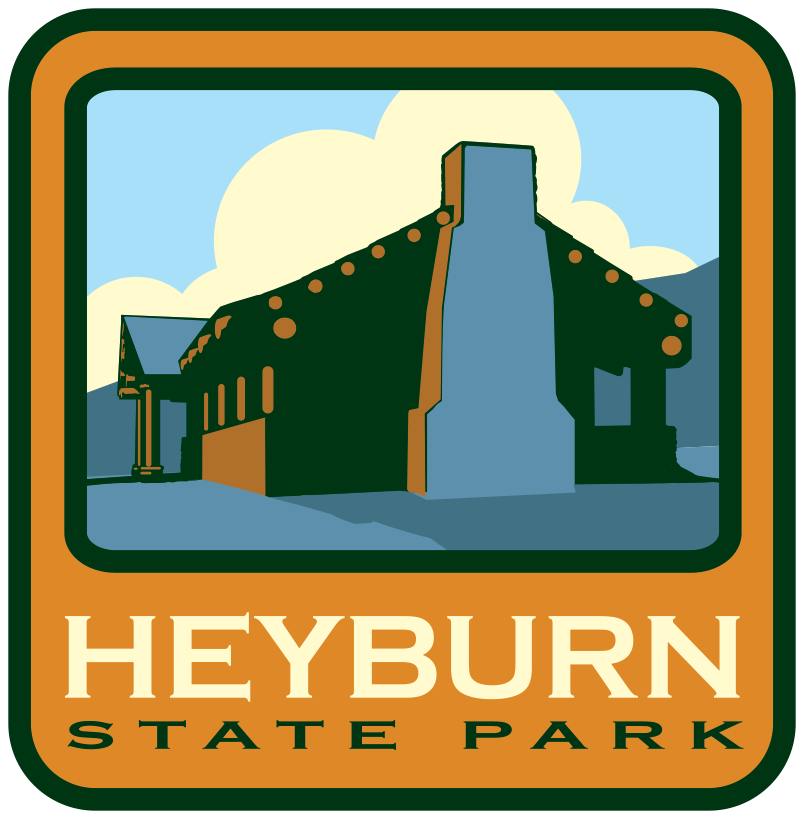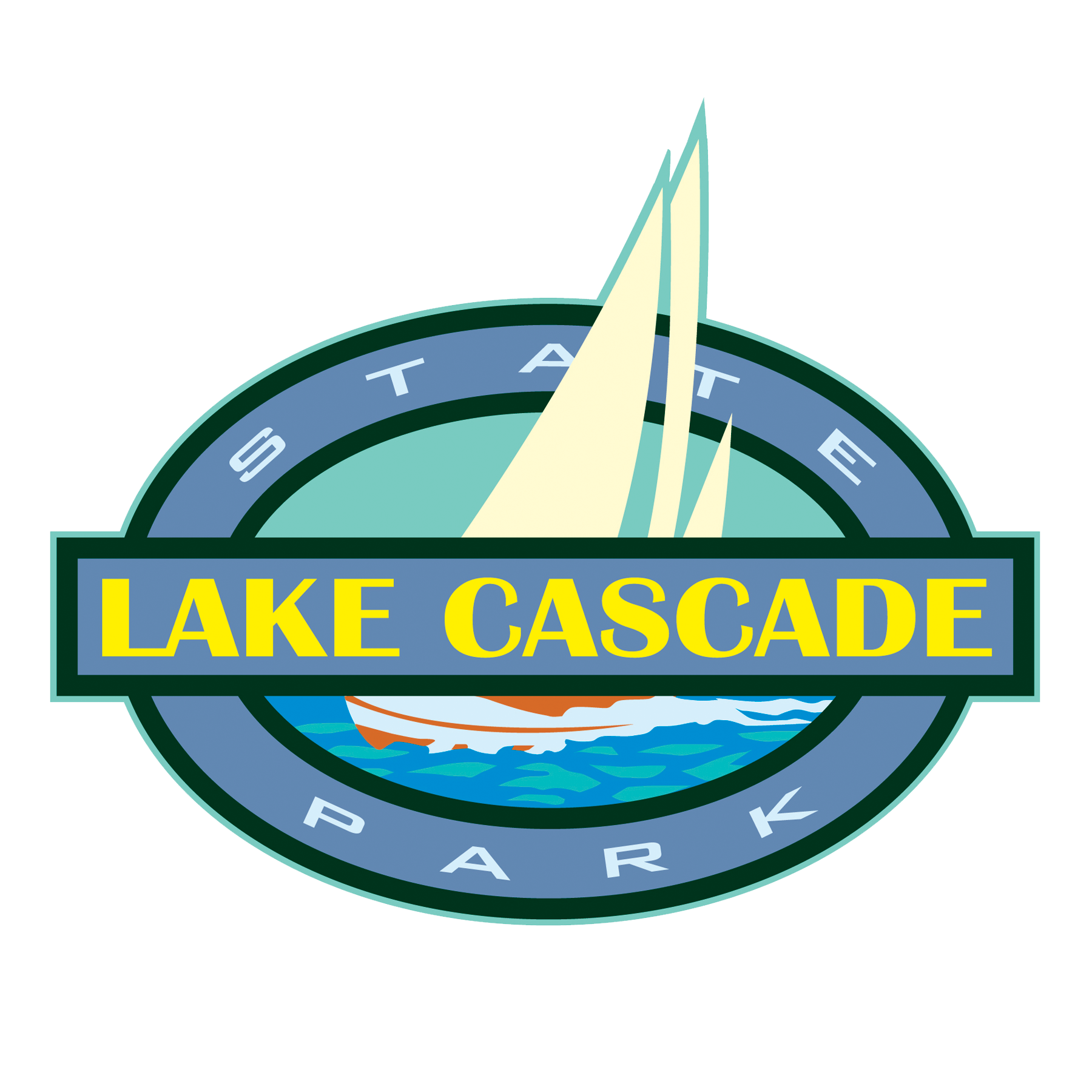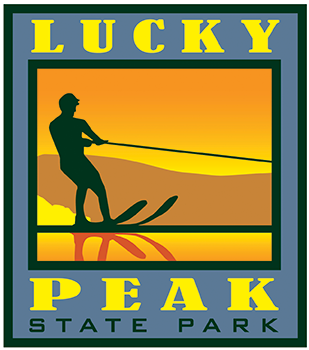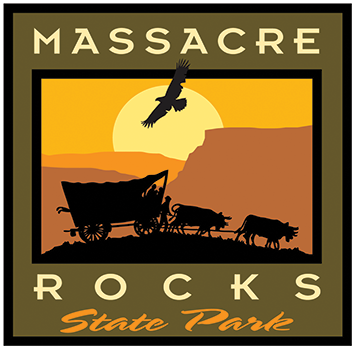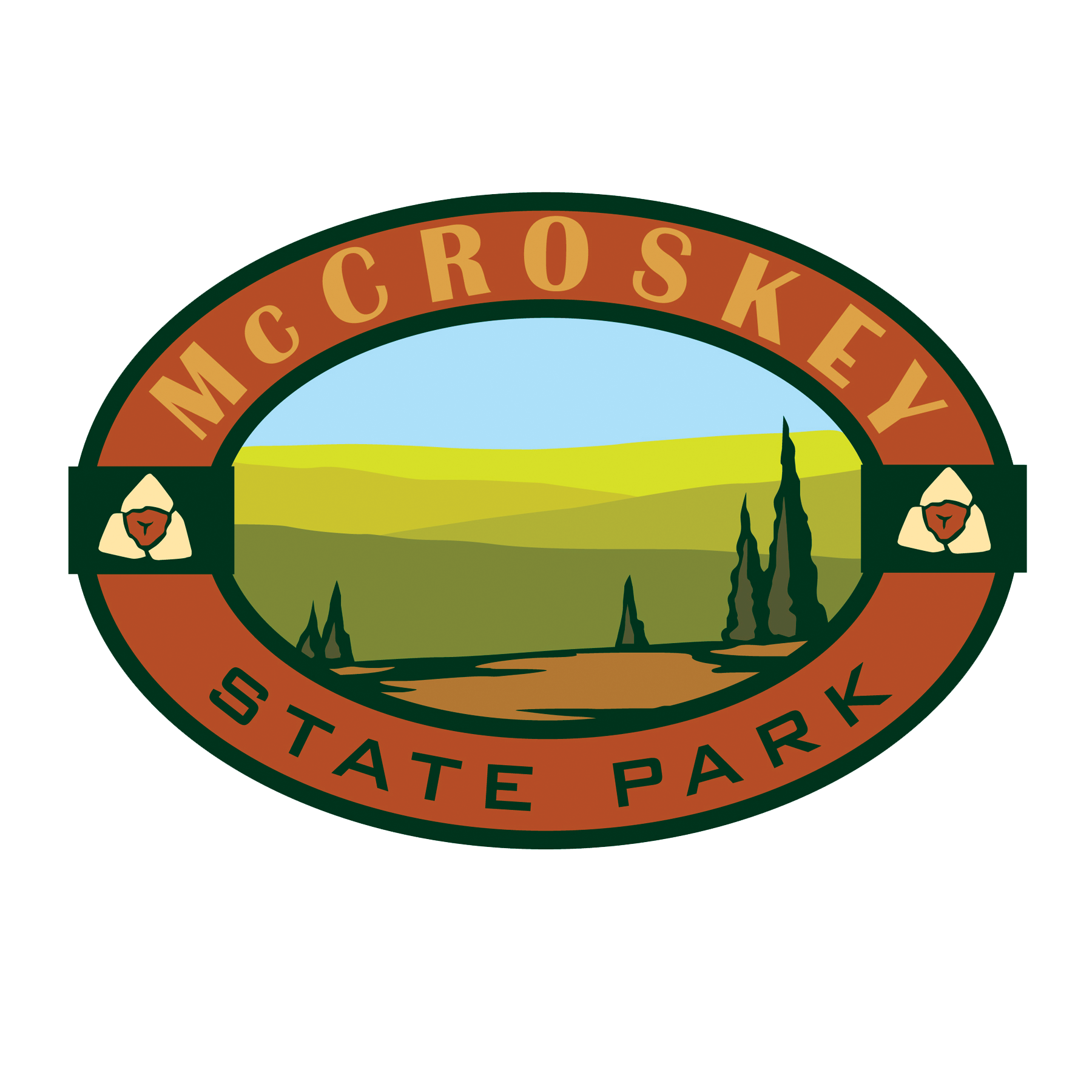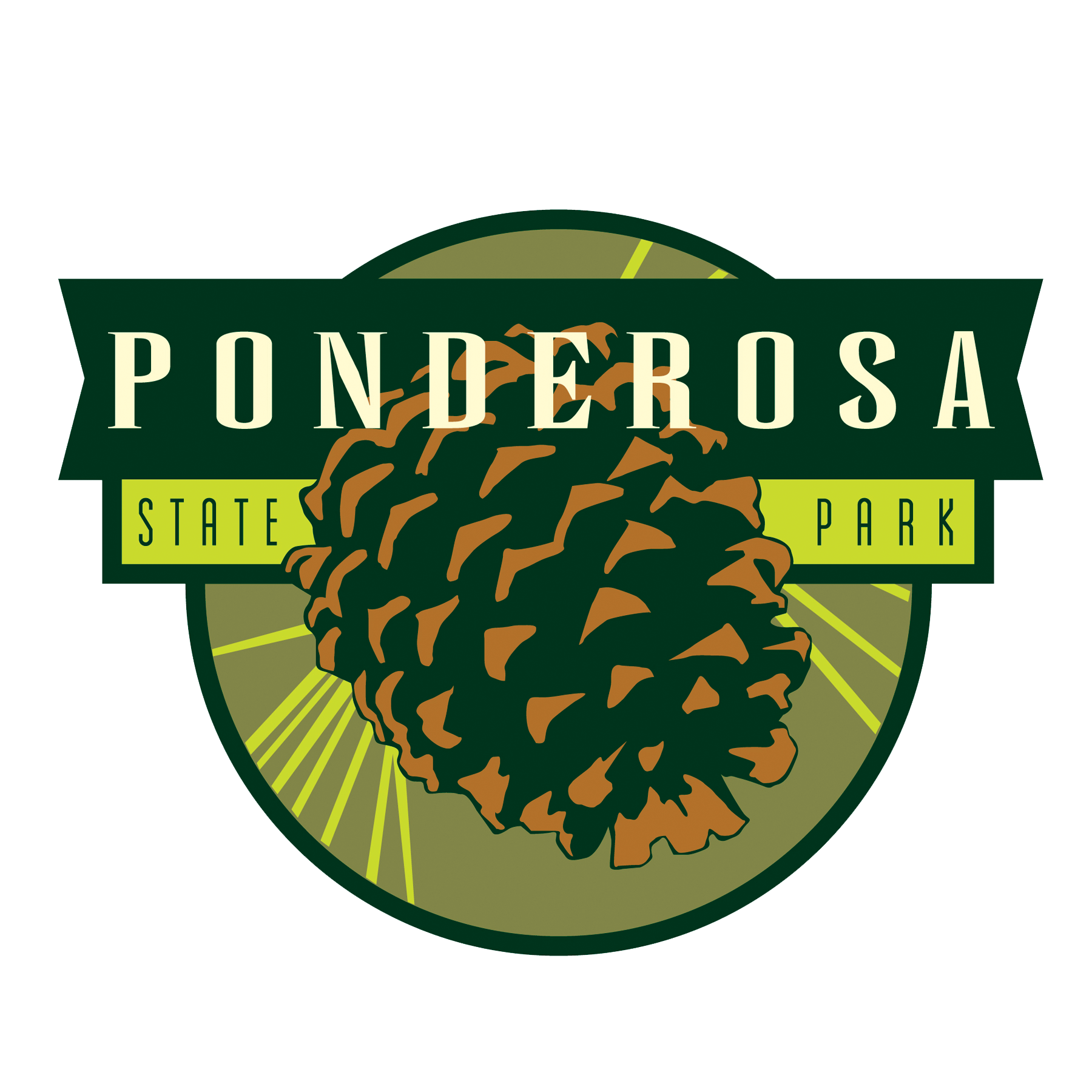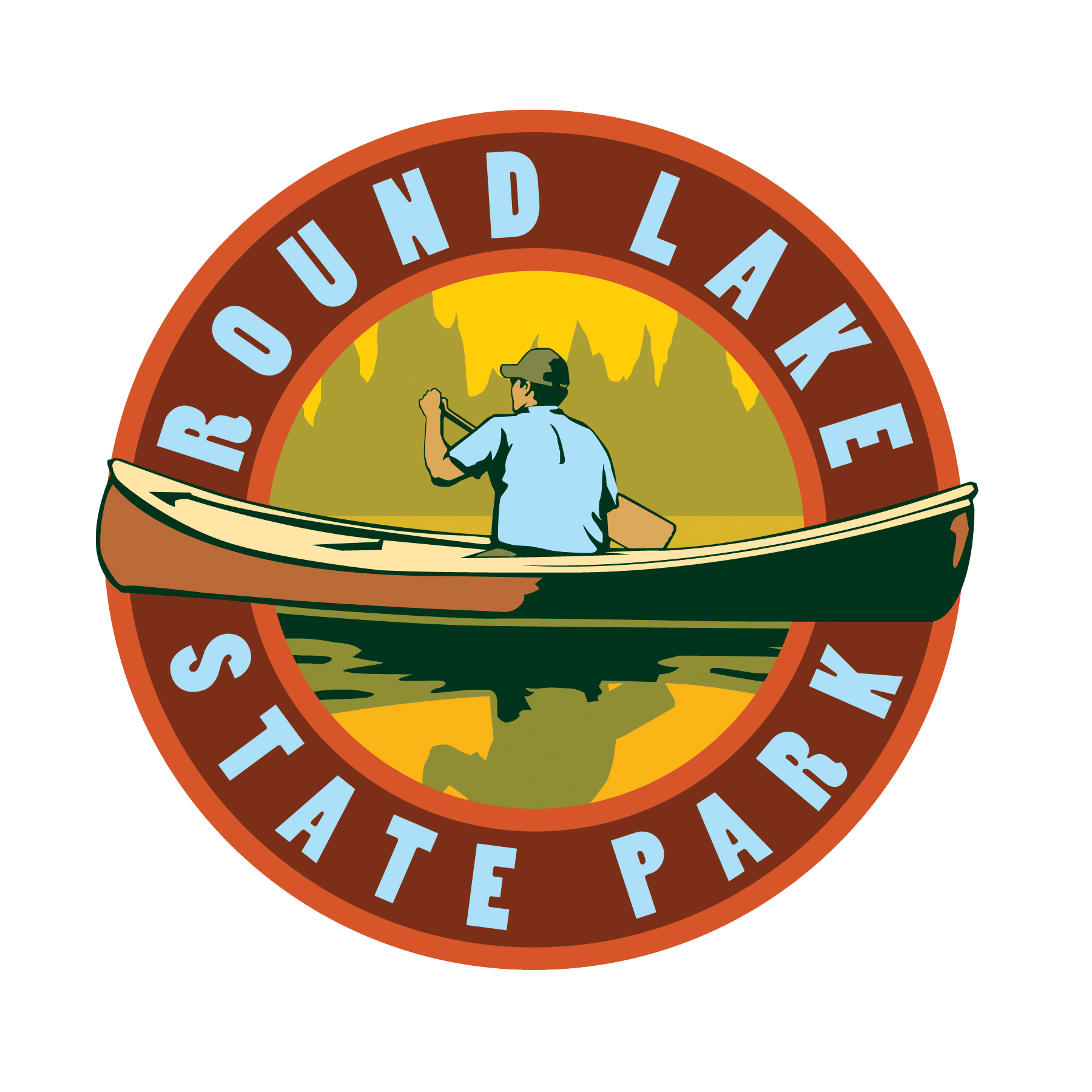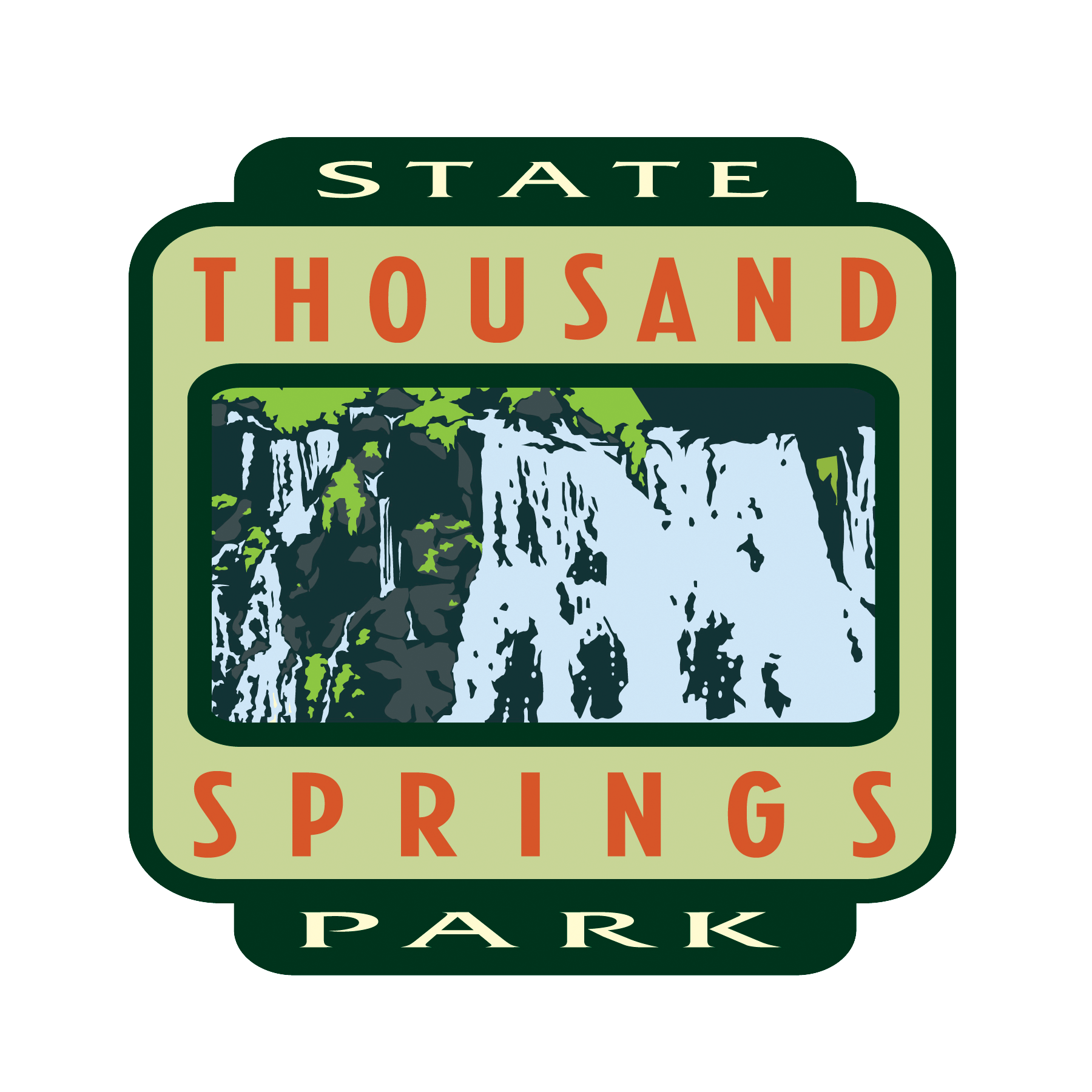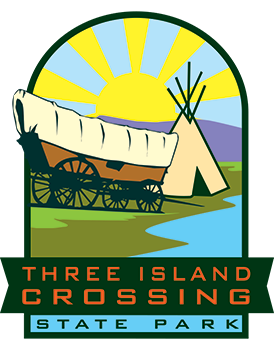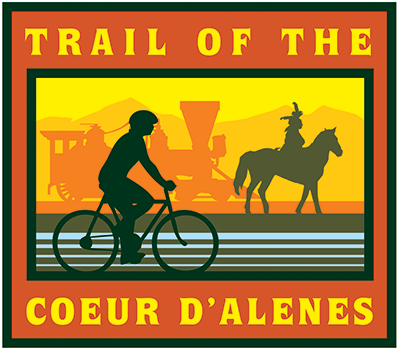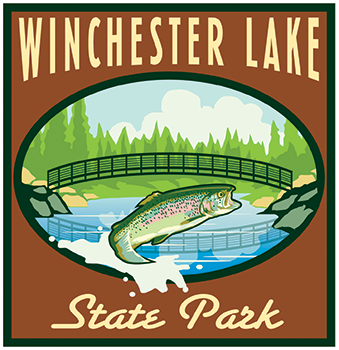 Official Government Website
Official Government WebsiteBiking
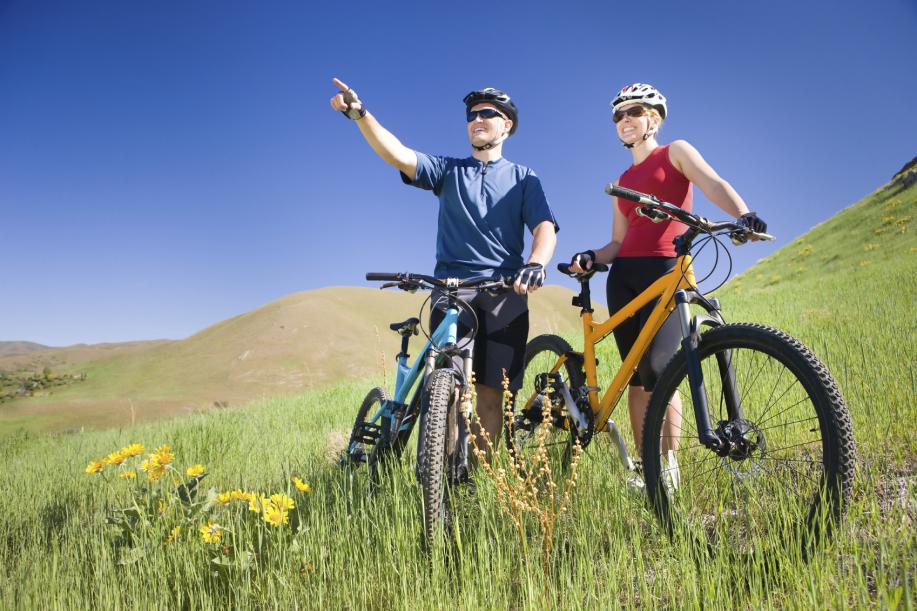
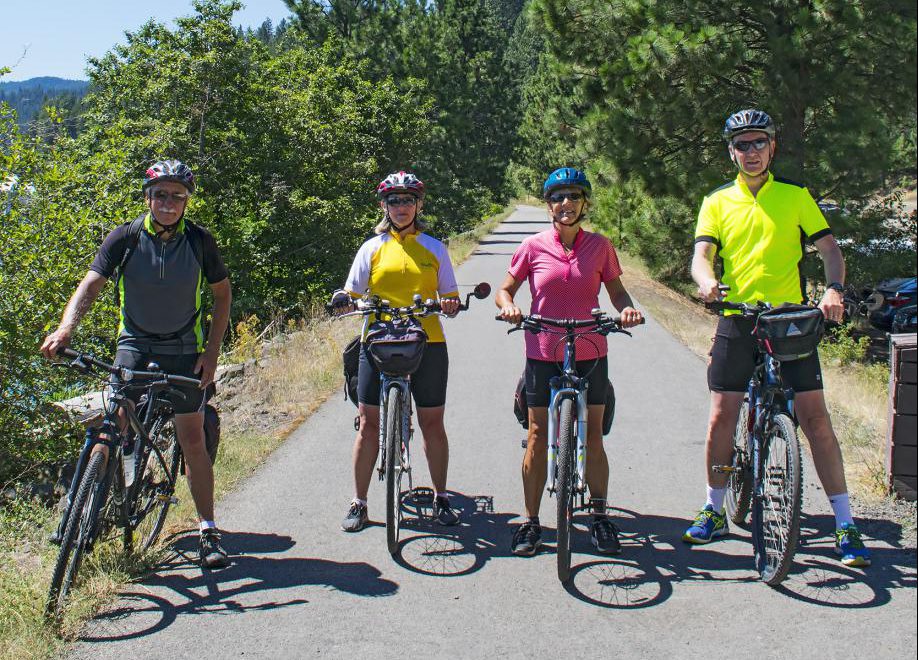
People from all over the world come to Idaho to enjoy mountain and road biking in some of the most pristine and tranquil locations imaginable.
For mountain bikers, Idaho has more than 12,000 miles of single track trails and at least twice that in four-wheel-drive dirt roads.
For road bikers, the Trail of the Coeur d’Alenes is a 72-mile paved path that extends from Plummer, Idaho, to Mullan, Idaho. And don’t miss the Coeur d’Alene Parkway. The parkway is part of the nationally famous North Idaho Centennial Trail, a multi-use recreational trail system that meanders for 24 miles from the Idaho/Washington state line. Several of Idaho state parks are excellent base camps for a road or mountain bike adventure. Those looking for cycling adventure should also check out the Ashton to Tetonia Trail in East Idaho. Class 1 and 2 E-Bikes are allowed in Idaho State Parks and on department-administered trails and paths — except for the Lewiston Levee Parkway, a portion of which runs through Hells Gate State Park.
In Idaho, you can support your sport by purchasing an Idaho Mountain Bike license plate or by becoming an Idaho Trails Supporter. The Idaho Department of Parks and Recreation will use the proceeds for the preservation, maintenance and expansion of recreation trails in Idaho.
Idaho’s public lands allow for many uses, including ranching. To learn how to recreate responsibly around livestock on public land, please read these ten tips and visit the Idaho Rangeland Resources Commission website.
Several Idaho State Parks offer single track mountain biking.
- City Of Rocks
- Eagle Island State Park
- Farragut State Park
- Harriman State Park
- Hells Gate State Park
- Henrys Lake State Park
- Heyburn State Park
- Lake Cascade State Park
- Land of the Yankee Fork State Park
- Massacre Rocks State Park
- Mary McCroskey State Park
- Priest Lake State Park
- Ponderosa State Park
- Round Lake State Park
- Winchester State Park
And the Idaho City Backcountry Yurt/Trail System:
Idaho City Area Trails and Yurt System
Mountain biking on public lands
- Boise National Forest mountain bike trail map: fs.usda.gov/visit/maps
- Bureau of Land Management trail maps: blm.gov/maps
Road biking in and around Idaho State Parks
Heyburn State Park – Camp at Heyburn and spend a week riding the bike paths of northern Idaho that reach from one side of the state to the other.
Ponderosa State Park – Take off from Ponderosa State Park to access hard path trails in and around the park.
Lucky Peak State Park – Pack a picnic and ride from downtown Boise to Lucky Peak State Park on the famous Greenbelt.
Bicycle Touring (Road Cycling)
Bicycle Tourism is gaining popularity and we now have several parks that have set up bike-friendly campsites, perfect for the cycle tourist on their cross-state or cross-country journeys!
*Please note: These sites are non-reservable.
About
Bicycle Tourism (also known as Road Cycling, Road Biking, and Adventure Cycling) is a form of recreation and tourism in which a bicycle is the primary mode of transportation. The trips are typically focused more on the adventure aspect of travel by bike, rather than competition or strenuous exercise.
The Idaho Department of Parks and Recreation (IDPR) hosted three (3) summits to discuss issues and solutions pertaining to non-motorized trail recreation in Idaho. The discussions were held in Boise, Coeur d’Alene and Idaho Falls. Below are the meeting handouts and minutes from each location. The open discussions explored all topics pertaining to non-motorized trail recreation in Idaho and ideas for solving the non-motorized trail funding gap.
Boise – February 11, 2016
Coeur d’Alene – April 21, 2016
Idaho Falls – May 2, 2016
Boise, January 11, 2017
A meeting was held January 11, 2017 to share results of the 2016 summits and to organize a leadership team, willing to take suggestions and strategies through the next very important steps. Download the meeting materials.
Summit Attendees
A complete list of summit attendees is available for download here.
Next Steps – Use collective report and results from statewide summits to answer the following:
- Is there a need to address non-motorized trail maintenance in Idaho?
- Is there enough support statewide to address non-motorized trail maintenance and related funding in Idaho?
- Who will work together to address the need?
- What does addressing the need look like?
- What are the necessary actions / future next steps?
Want to take a leadership role? Have questions?
If you have questions, would like to lead in next steps, or were unable to attend a summit in your area, you can share your thoughts and ideas via email: inquiry@idpr.idaho.gov
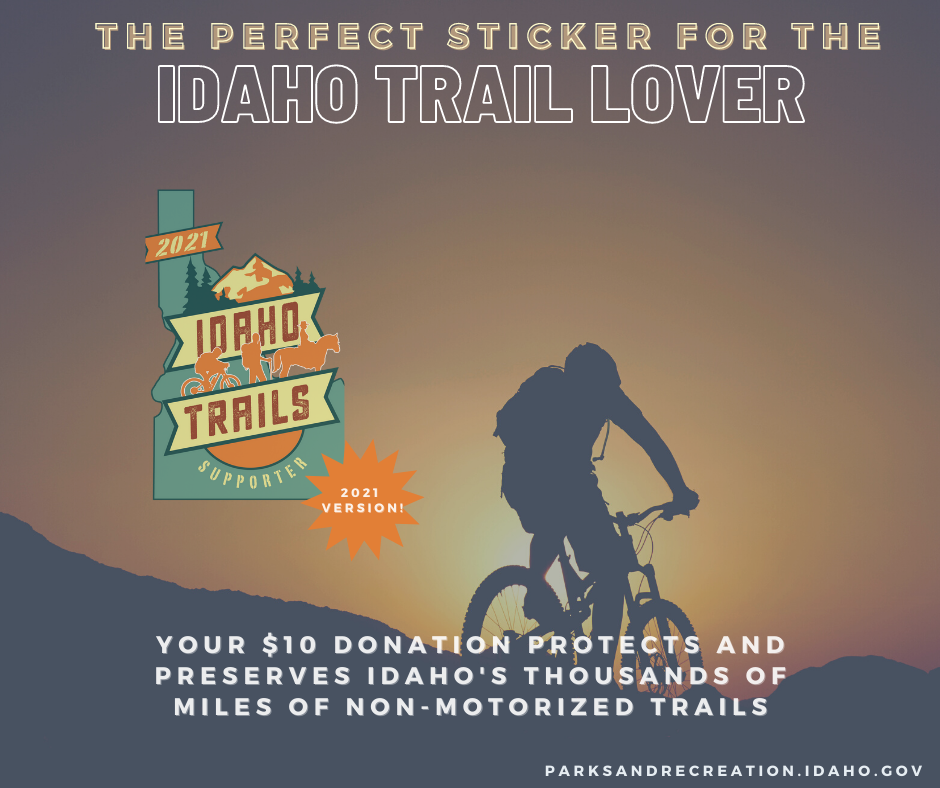
You can purchase an Idaho Trails Supporter Sticker at most IDPR offices and state parks across Idaho!
THE WHY
Trails provide access to Idaho. Trails are part of Idaho’s recreation heritage, providing paths to camping, fishing and the wild places that make the Gem State great. We already have one of the most effective motorized trail maintenance programs in the country, supported by user fees. But the needed resources to maintain trails for hiking, biking and horse riding are lacking. And without adequate maintenance and improvements, access to some non-motorized trails will be lost.
GOAL
Create an organized approach to address priority access and maintenance needs on Idaho’s 10,000 miles of hiking, biking, and equestrian trails.
PROGRAM
- Annual minimum donation of $10
- Contributor receives the sticker, updated yearly, showing their support for Idaho Trails
- The Trails Supporter funds will be managed by the Idaho Department of Parks and Recreation and used for priority projects identified by partner groups and the public
- IDPR will work with partners to ensure needed projects are completed, with an emphasis on signage and trail clearing
